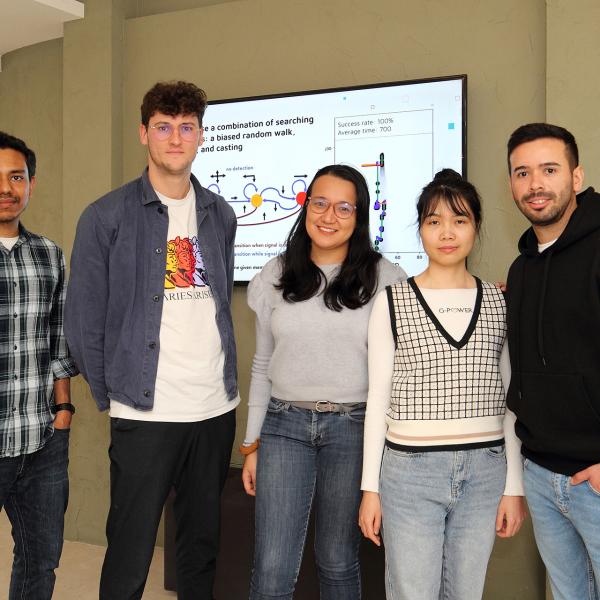
Back
About
Next

The progressive integration of a wide range of different disciplines - including physics, statistics, information theory, biochemistry, genetics and medicine, population genetics and game theory - and increased availability of quantitative data has led to major advances in most diverse domains of life sciences, from molecular and cell biology to terrestrial and oceanic ecology, economics and quantitative finance. The integration process between disciplines has led to the consolidation of a new research domain, which we describe as ‘quantitative life sciences’ to provide a sense of its breadth.
In the last decade, the progressive integration of a wide range of different disciplines - including physics, statistics, information theory, biochemistry, genetics and medicine, population genetics and game theory - and increased availability of quantitative data has led to major advances in most diverse domains of life sciences, from molecular and cell biology to terrestrial and oceanic ecology, economics and quantitative finance. The integration process between disciplines has led to the consolidation of a new research domain, which we describe as ‘quantitative life sciences’ to provide a sense of its breadth.
The early focus of physicists on the fundamental molecules of life (DNA, proteins and their interactions) has gradually expanded to include whole cells and tissues, as well as organs and organisms, and even entire ecosystems. A detailed understanding of complex biochemical processes such as signaling cascades and the regulation of gene expression and metabolism in terms of their constituent components and motifs has emerged also by building on fundamental concepts and tools borrowed from statistical physics. In particular, progress in experimental studies of multicellular interactions and of developmental processes has created new interest towards the physical modeling of ever-increasing levels of biological organization. Worldwide initiatives have been launched with the ambitious goal of characterizing the architecture and function of whole organs – notably, the brain – through a joint experimental and modeling effort.
In this scenario, new challenges are emerging for physicists at the even larger scale of organisms, their environments and their interactions. Theoretical approaches show promise for understanding long-standing questions about individual and social behaviors, such as communication, competition and cooperation, and how these aspects are integrated in ecological and economic interactions. Besides the theoretical insights on the physical constraints that cells and organisms must face, this understanding requires novel insights on how selection acts on traits that depend on efficient resource allocation and strategic interaction. These questions in turn call for concepts and tools such as game theory, which were originally developed in mathematical economics. In addition to the disciplines mentioned above, high-end computer-science techniques are also essential, as they represent transversal component to achieve success in these goals. Their importance cannot be underestimated in this era of huge data availability and ever-increasing computing resources.
















